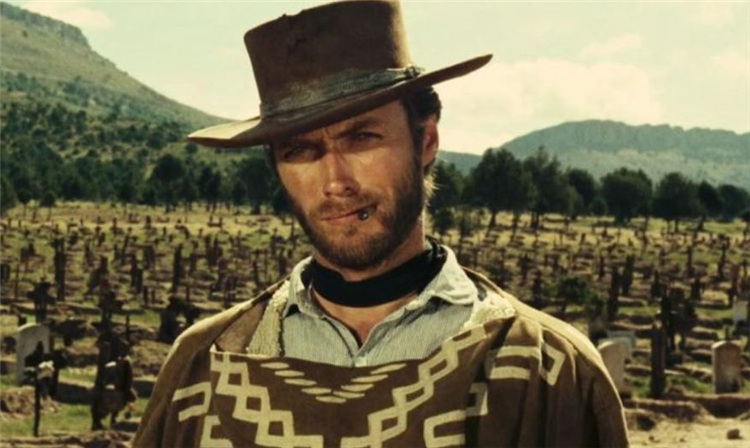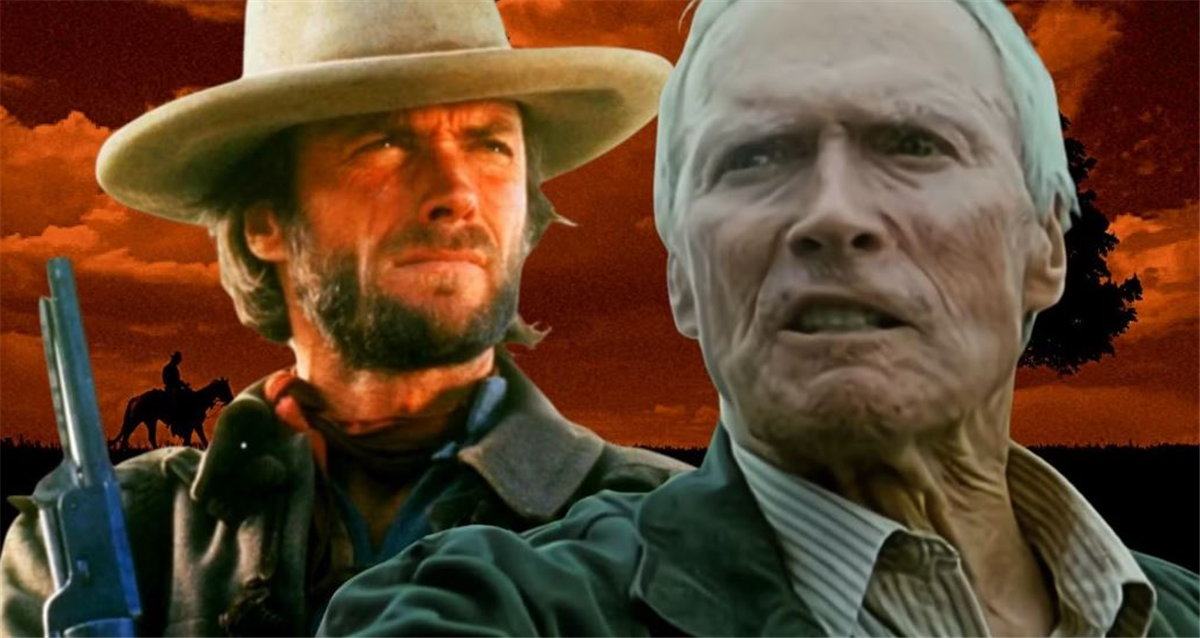Clint Eastwood may be a deified figure in Hollywood right now but his origin was not as legendary as some would like to believe.
In the early 1960s, an Italian auteur, inspired by a Japanese legend, cast an American star in what would become one of the greatest Westerns of all time. As Clint Eastwood put it, the film about a Mexican gang war was “an Italian-German-Spanish co-production of a remake of a Japanese film in the plains of Spain.”
Sergio Leone’s A Fistful of Dollars was a layered narrative in terms of production and behind-the-scenes development. As a story, it was quite simply a Western that redefined Westerns for generations to come. However, for Clint Eastwood, the Dollars trilogy was the stepping stone to a 70-year-long career in Hollywood that was more illustrious and enduring than any other actor originating from the Golden Era of the film industry.
The Legacy of Clint Eastwood’s Dollars Trilogy

At the time of its making, Sergio Leone’s A Fistful of Dollars was labeled as a Spaghetti Western, which was supposed to be a derogatory term for Westerns made in the plains of Italy/Europe at a cheaper production cost. Meanwhile, Clint Eastwood (who hailed from the era of John Waynes and James Coburns) refused to participate in the flick as he was not convinced of Leone’s vision.
The director believed otherwise: “What struck me most about Clint was his indolent way of moving. It seemed to me Clint closely resembled a cat.” This indolent figure with his iconic lean silhouette, dusty poncho, spurs, and wide-brimmed hat looming over the eye line became the new representation of what Westerns were supposed to look like for the modern audience.
Clint Eastwood’s Dollars trilogy – A Fistful of Dollars (1964), For a Few Dollars More (1965), and The Good, the Bad and the Ugly (1966) – was the beginning of an era of hypermasculine machismo, toned down from John Wayne’s culturally inappropriate politics and yet colored by the sadism of its time.
The Offensive Sadism of A Fistful of Dollars

A lone gunslinger passes through a bleak desert town with revenge in his blood and ruthless confidence in his swagger. As Eastwood’s morally grey Man With No Name laid down 4 thugs in one swift move, A Fistful of Dollars gave modern pop culture an iconic opening that would be considered ultraviolent and tasteless by many in today’s society.
However, in the early 1960s, the crowd in Italy was way ahead of the rest of the world in terms of what it found offensive. Described by Eastwood himself as an “Italian concept of what a Western slang would be,” the film drew a barrage of criticism from the Italian audience when it premiered in the country on 12 September 1964.
Meanwhile, UK critic Philip French wrote in The Observer:
The calculated sadism of the film would be offensive were it not for the neutralising laughter aroused by the ludicrousness of the whole exercise.
The engrossed morbidity and violence of Clint Eastwood’s Dollars trilogy may have made an enemy out of the European audience of its time, but Leone’s Spaghetti Westerns soon gave birth to a whole array of cinematic reinvention via “Paella Westerns” in Spain and “Ramen Westerns” in Japan.
Meanwhile, the American studios were too afraid of being sued by Akira Kurosawa (A Fistful of Dollars was believed to be a poor adaptation of Kurosawa’s Yojimbo) to actually care about the distribution of the film. Despite its current cult classic status, Eastwood and Leone’s legacy trilogy suffered a trial by fire that was only outweighed by time and perspective.
The Dollars trilogy is available for streaming on MGM+.
